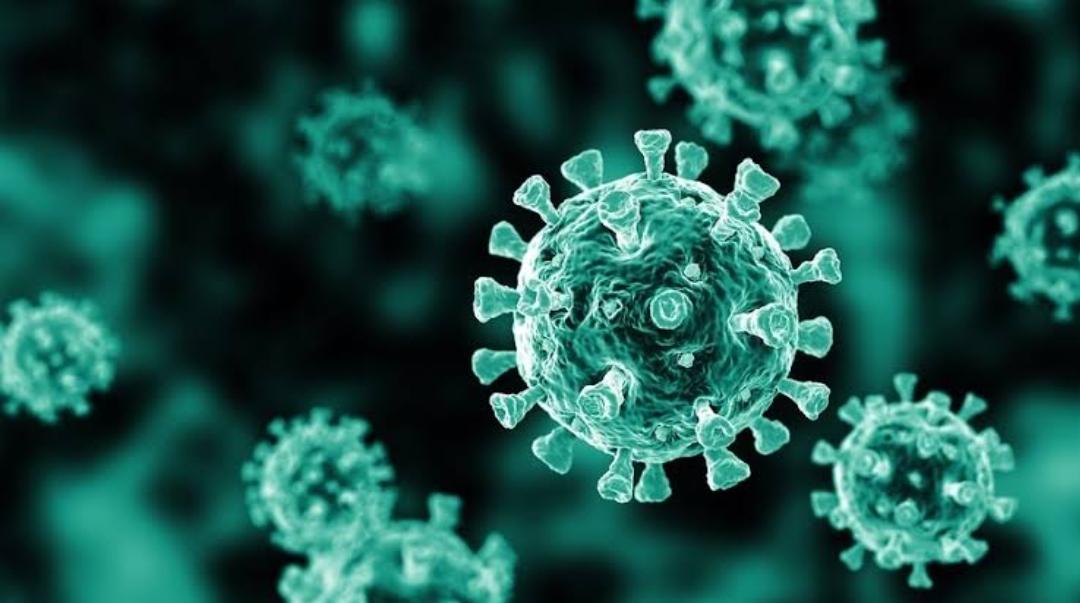The current and future landscape of dialysis
The development of dialysis by early pioneers inclusive of Willem Kolff and Belding Scribner set in motion several dramatic adjustments in the epidemiology, economics, and ethical frameworks for the treatment of kidney failure. However, regardless of a speedy growth withinside the provision of dialysis — particularly hemodialysis and most notably in high-earnings countries (HICs) — the price of authentic patient-centered innovation has slowed. Current trends are specifically regarding from a worldwide perspective: current costs aren’t sustainable, even for HICs, and globally, maximum people who develop kidney failure forego treatment, ensuing in millions of deaths each year. Thus, there may be a pressing want to develop new strategies and dialysis modalities that are cost-effective, accessible, and provide improved patient effects. Nephrology researchers are increasingly engaging with patients to decide their priorities for significant outcomes that must be used to measure progress. The overarching message from this engagement is that whilst patients value longevity, reducing symptom burden and accomplishing maximal functional and social rehabilitation are prioritized more highly. In response, patients, payors, regulators, and healthcare structures are more and more demanding improved value, which can best come approximately thru authentic patient-centered innovation that helps high-quality, high-value care. Substantial efforts are now underway to assist requisite transformative adjustments. These efforts want to be catalyzed, promoted, and fostered thru international collaboration and harmonization. This might be the future landscape of dialysis.
The novel coronavirus, called excessive acute respiratory syndrome coronavirus 2 (SARS-CoV-2), was changed into declared a pandemic in March 2020 by the World Health Organization. Older people and patients with comorbid conditions inclusive of hypertension, coronary heart ailment, diabetes, lung ailment, persistent kidney disease (CKD), and immunologic diseases are at a better chance of contracting this excessive contamination. In particular, patients with advanced CKD constitute a vulnerable populace and a challenge in the prevention and management of the ailment. Home-based renal replacement therapies offer a possibility to manage patients remotely, for that reason reducing the likelihood of contamination because of direct human interaction. Patients are seen less frequently, limiting the near interaction between patients and healthcare people who might also additionally contract and spread the disease. However, while domestic dialysis is an affordable preference at the moment because of the advantage of the isolation of patients, measures need to be assured to implement the program. Despite its logistical benefits, outpatient hemodialysis also offers sure demanding situations during times of crises such as the coronavirus disease 2019 (COVID-19) pandemic and potential future landscape of dialysis.


















